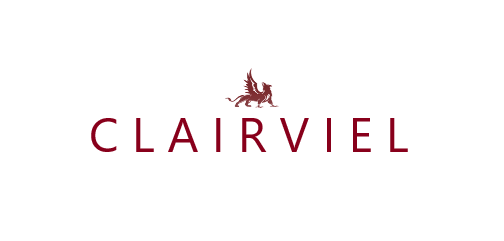Statistical methods
For the next analyses, “people HPV” describes seropositivity or DNA positivity for around one of next Hours-HPV brands: sixteen, 18, 29, 33, thirty-five, forty five, 52, and you may 58.
Any, type-specific and age-specific ( < 20,>=61 years) HR-HPV seroprevalence (at baseline and follow-up), seropersistence, seroclearance and seroconversion (at follow-up) were assessed. Seropersistence was defined as the number of women who were seropositive at baseline and follow-up among all women who were seropositive at baseline. Seroclearance was the number of women who were seropositive at baseline and seronegative at follow-up among all those seropositive at baseline.
Baseline seropositivity is actually weighed against concurrent cervical DNA positivity to evaluate concordance, which can only be examined in the variety of-particular peak, as ladies are often contaminated which have multiple style of HPV and you can the brand new concordance status might be different per sorts of. To get over such restrict BRAE, analyses had been did during the genotype peak playing with general quoting equation (GEE) activities that take into account the lack of independence anywhere between multiple findings throughout the same woman [twenty-two, 23].
Univariable and multivariable GEE models were performed to identify predictors of HR-HPV seroprevalence at baseline. Risk estimates were adjusted by potential risk factors for HPV seropositivity: age at baseline, marital status, education level, number of children, age at first sexual intercourse, lifetime number of sexual partners, high-risk sexual partner (who engaged in extra-relationship sexual activity), history of sexually transmitted disease, hormonal contraception, smoking, condom use and cervical HR-HPV DNA infection. Variables with p-value < =>
Abilities
Brand new average age of this new 1021 women analyzed at the standard is 43 age (range: 15-86) and also for the 600 female on pursue-upwards it was 48 decades (range: 19-87). Incidence out of ASCUS+ cytology are step 3.7% () at the baseline and you can 2.8% () within pursue-up. ASCUS+ cytology are five times usual for the DNA-self-confident female (twelve.8%) than in DNA-negative female (dos.6%). At the same time, ASCUS+ cytology are furthermore commonplace for the seropositive (3.6%) and you will seronegative female (3.1%) (analysis not revealed).
Cervical Hr-HPV DNA positivity for at least one of the 7 learned HR-HPV sizes are 6.7% at standard and you will 8.7% from the follow-right up. During the baseline, the most widespread items was basically HPVs 16 (dos.5%), 58 (step 1.3%), 30 (1.1%), forty-five (0.7%) and 52 (0.7%), symbolizing 83.3% out of DNA-positive women; during the go after-right up, most commonplace were HPVs sixteen (step three.0%), 18 (2.5%), forty-five (step 1.7%), 30 (1.0%) and you will 52 (step 1.0%), symbolizing 92.3% regarding DNA-positive female (research maybe not found).
On baseline, nearly half the players were seropositive for around you to of your own eight learnt Hr-HPV items, and you may seropositivity increased from the 16% at follow-right up (Table step 1). The fresh five most common items was HPVs sixteen, 18, thirty-five and you can 45, symbolizing 88.9% regarding seropositive women at baseline and you may 87.4% during the follow-up. Almost half the fresh seropositive women was indeed very getting multiple brands at the standard and therefore ratio enhanced of the thirteen% at go after-upwards. A diagnosis restricted to only the 600 women that have been followed and additionally reveals a boost in one HPV seropositivity (13% increase, off forty two.5% at the standard to help you 50.2% at the go after-up) plus in the brand new proportion away from seropositive women with several models (19% improve, out-of 42.3% within standard to help you fifty.5% at the realize-up) (data perhaps not revealed).Figure 1 suggests any HPV and type-certain HPV seroprevalence and any HPV DNA frequency by many years certainly one of every woman exactly who participated within baseline. Any HPV seroprevalence somewhat improved as we grow older (p-development = 0.003); it ranged out of 33.9% (years 21-three decades) so you’re able to 52.6% (decades 51-60 years). In the event wide variety is brief, type-certain seroprevalence really well-known highest-risk models (HPV 16, 18 and you can forty-five), with the exception of HPV 35, used an equivalent pattern. One HPV DNA incidence peaked during the age 15-20 years (fifteen.4%) decreasing afterwards up to one minute, straight down level within decades 51 to help you sixty decades (seven.6%). Type-particular DNA shape had been most volatile because of lower amount of problems for the for each decades classification (study perhaps not shown).

Commentaires récents